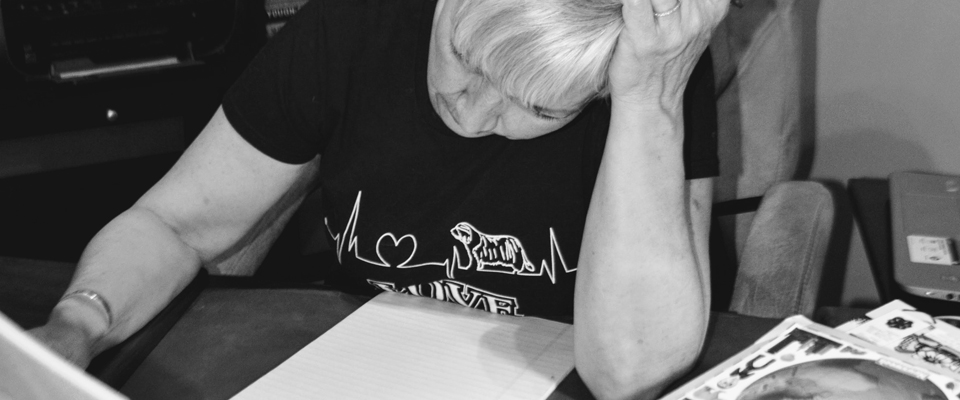Habits, whether they are good or bad, consume our everyday lives. Whether it’s the cup of coffee you have every morning or the path you take to work, a majority of our actions come from the routines we like to stick to. In that sense, we can actually use these habits to change ourselves. By taking the time to fully integrate good routines into your life, you can automatically take actions that are productive, relaxing, and healthy. Ultimately, using your daily habits to your advantage is an effortless way to transform your life into what you want.
Habits are so important because of how much they impact our lives. Each habit we have is a pattern that has been repeated numerous times in similar situations and has delighted us in some way. Our habits become autonomous, and our brain loves using these programmed sequences to avoid the unknown. If you develop bad patterns, you will find yourself continuously falling victim to them because your brain does not know any other way. Good habits, on the other hand, build consistency, control, and confidence into life. Developing good habits as a part of your routines will help you find other time to relax or pursue other hobbies without being unproductive. They are also an easy way to build compound results, as the regular practise of the sequence will perfect your outcomes. If you meditate, read, or exercise a little each day you could be a completely different person this time next year.
The key to both building good routines, and breaking bad tendencies lies in the 4 fundamentals of habit change: making it obvious, making it attractive, making it easy, and making it satisfying. By either following, or inverting these rules, you can control any habit in your life. These fundamentals are based on the psychological breakdown of how habits work in our brain. First, there is a cue, a small detail that kicks off a craving, which is a desire to perform the habit. This leads to the response (the actual habit). Finally, the sequence ends with a reward and satisfaction. How do you make it obvious? You want to highlight the cue that leads to your desired habit. For example, if you want to read everyday, place a book on your nightstand. On the other hand, for breaking a bad routine, make the cue invisible. Place your phone in another room when working to avoid social media. The second rule, make it attractive, addresses the craving part of the habit loop. To build up a good custom, increase your craving to actually perform the habit. For example, you can listen to music while exercising to have fun and ultimately crave the activity more. Inversely, you can make bad habits unattractive by reminding yourself why you want to avoid it each time you think about indulging. Making your routine easy is the third fundamental of habit change. If you want to stick to a desired practise, try to simplify it. In the example of exercising, start by working out for 5 minutes a day and gradually increase this time to build up a lasting pattern. Or, you could make your bad habits difficult to carry out: hide your video game controller if you want to stop wasting time. Lastly, the fourth law of habit change is to make it satisfying, which correlates with the reward portion of the habit loop. You want to make your desired routines satisfying to complete in order to stick to them, and do the opposite for bad tendencies. Give yourself rewards and celebrate success with other people when proud of completing your habit, or tell someone to keep on top of you to help you avoid your bad practise.
The most important thing is that habits have the power to change your identity. For example, writing in your journal everyday can serve as proof to classify yourself as a writer, and this classification can push you to continue writing. This is the amazing paradox of sticking to good habits, they help you turn into whoever you want to be, which helps you stick to the processes that got you there. Consistency is the best principle in this case. Being consistent provides a better chance for you to become your desired identity and helps you achieve long term results.
With the proper techniques, creating and sticking to desired habits is not hard to do. Big or small, any useful habit will help you gradually improve over time, especially when it becomes frequent and autonomous like all habits do. Yes, it may be difficult to change the actions you have been doing for years, but wIth a little extra effort in the beginning, you can make small changes to your routine to reap large benefits in the long run, and that’s a deal anyone would take.

